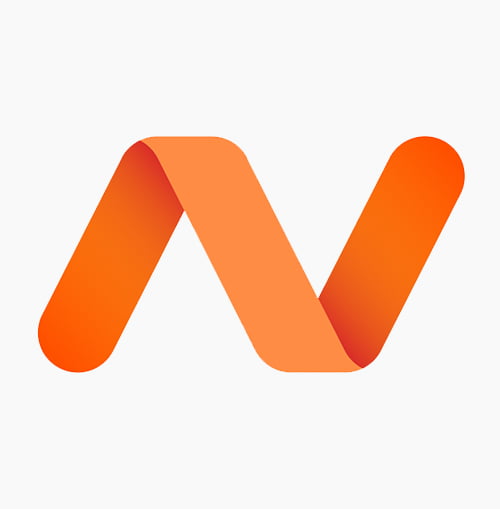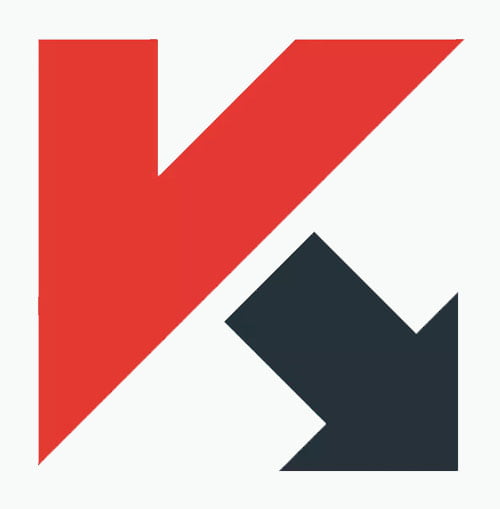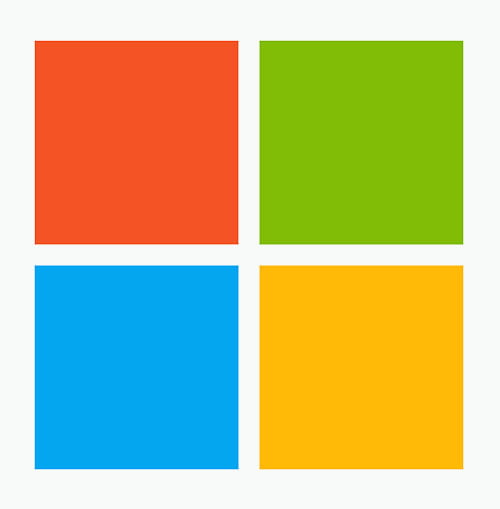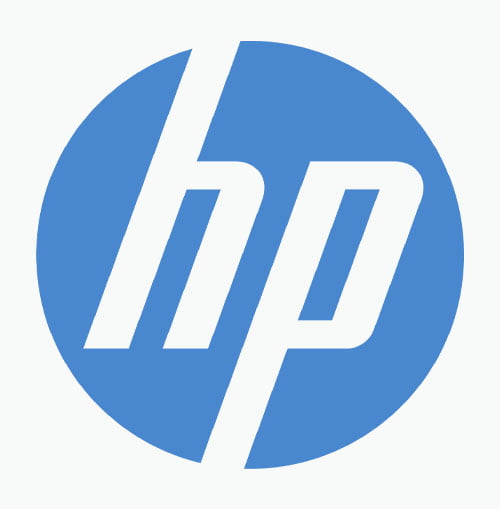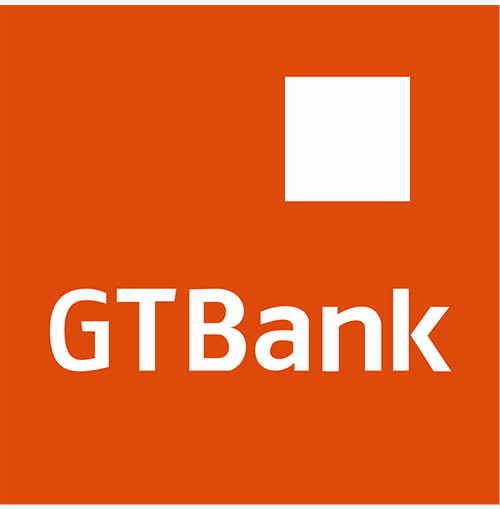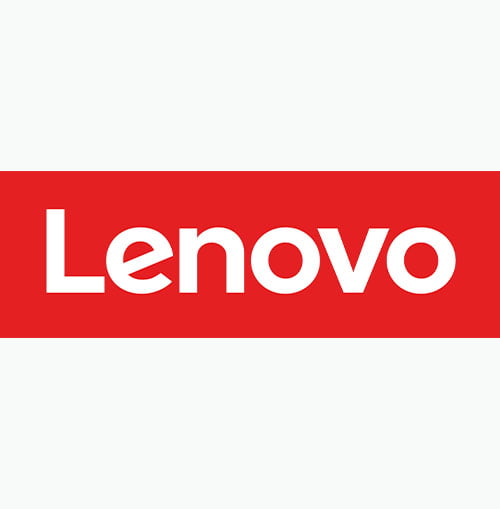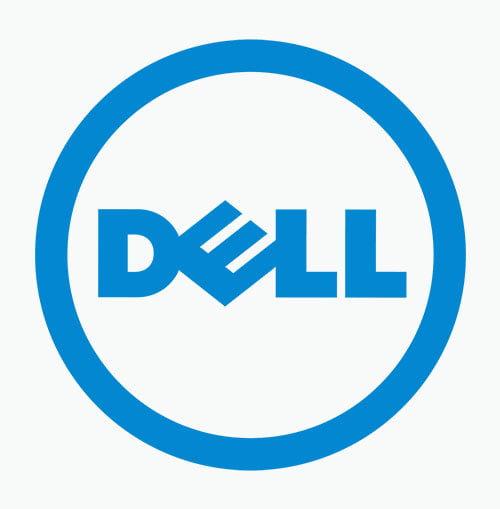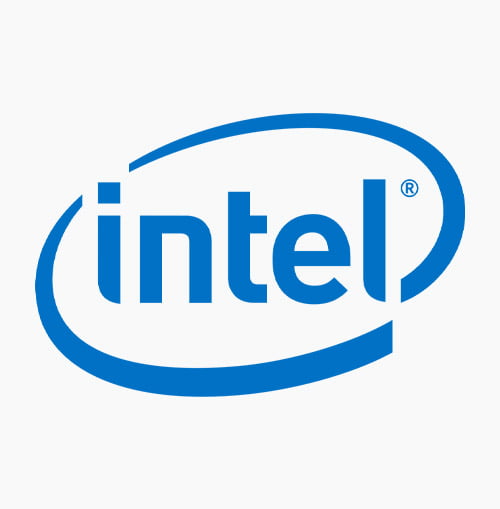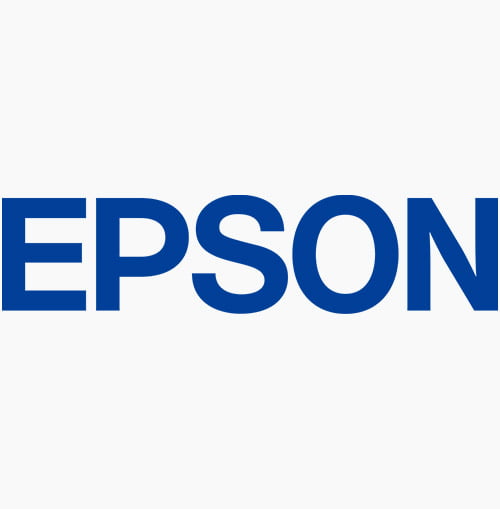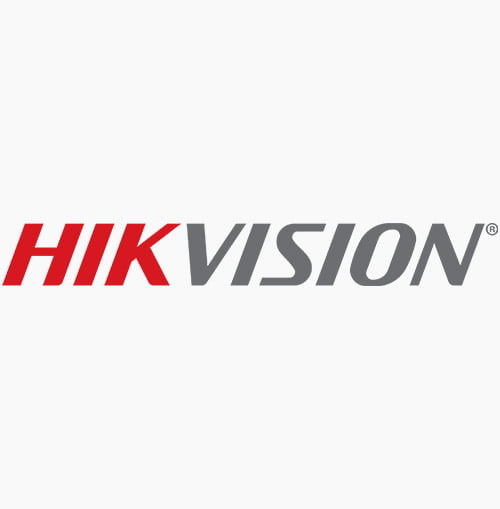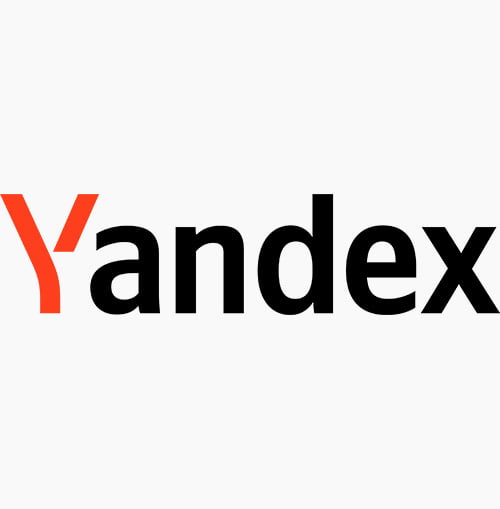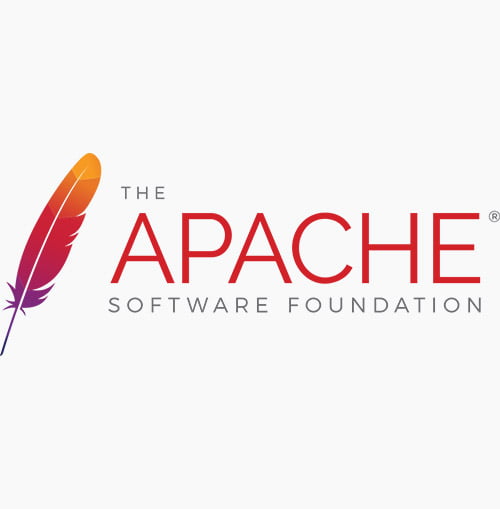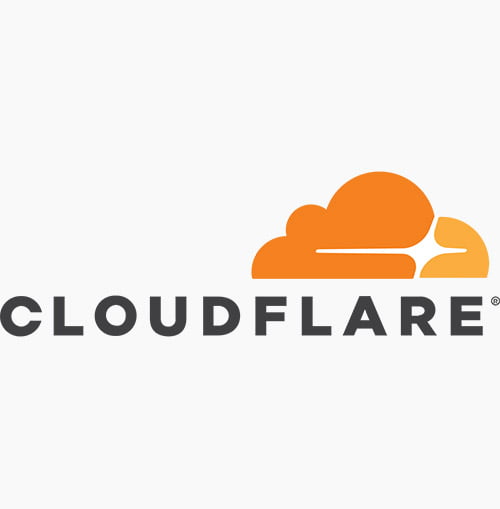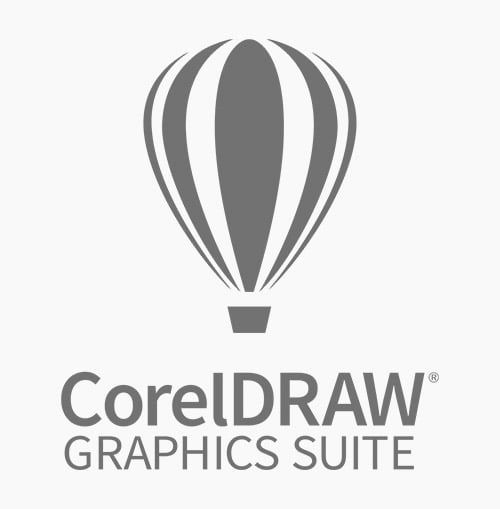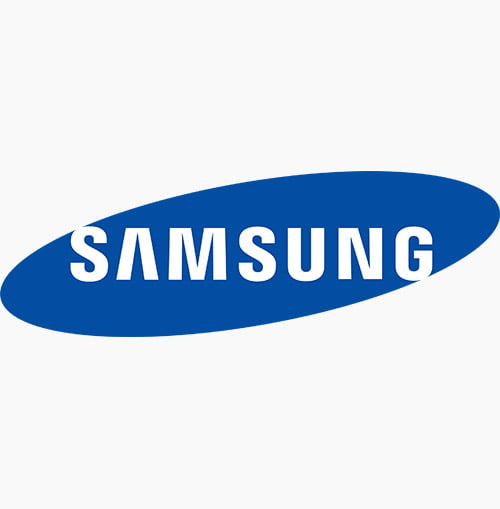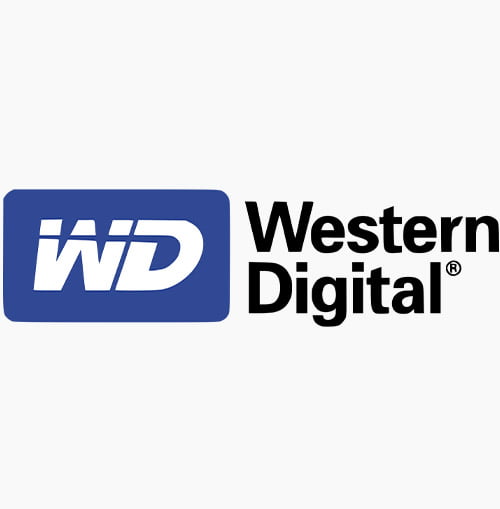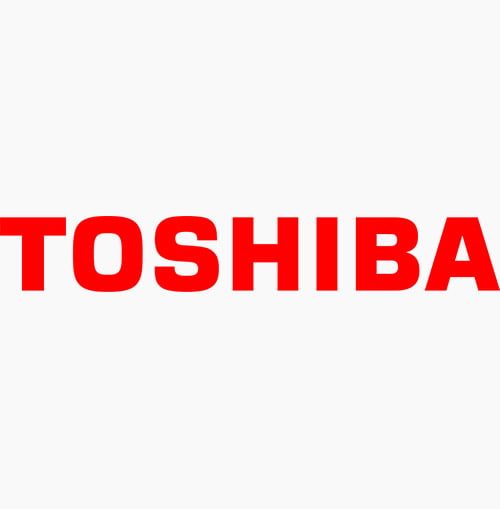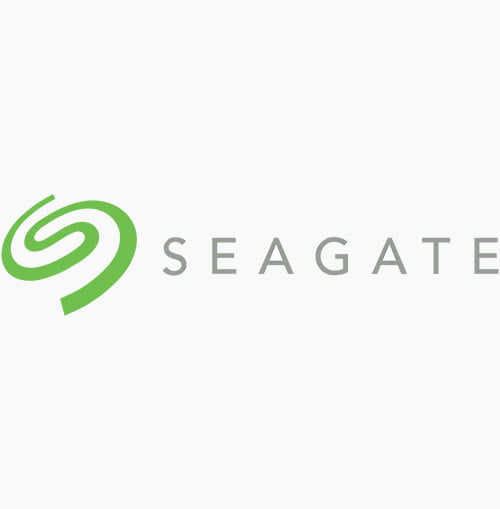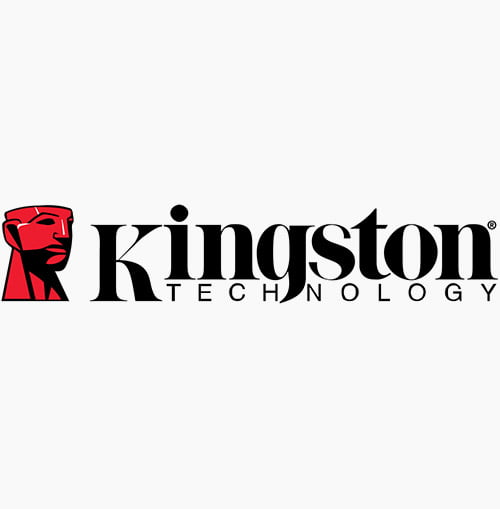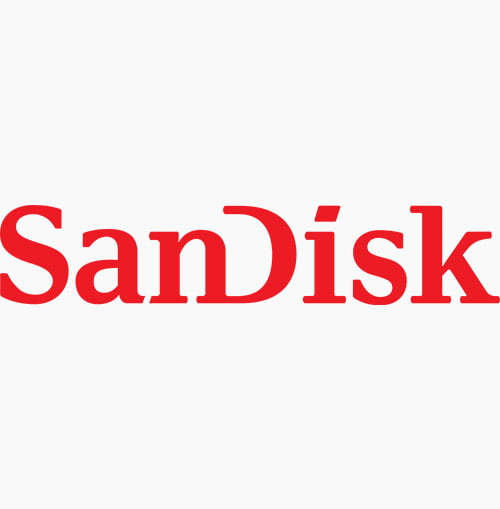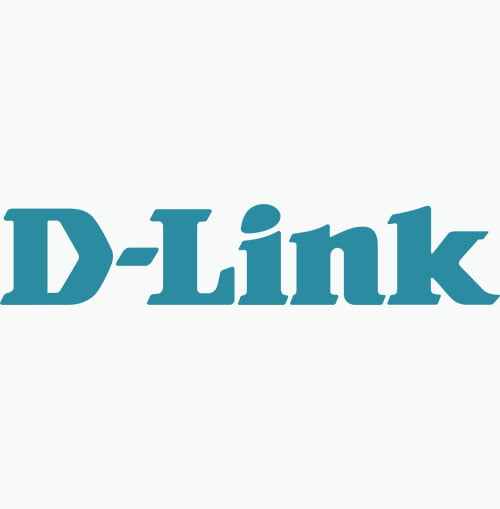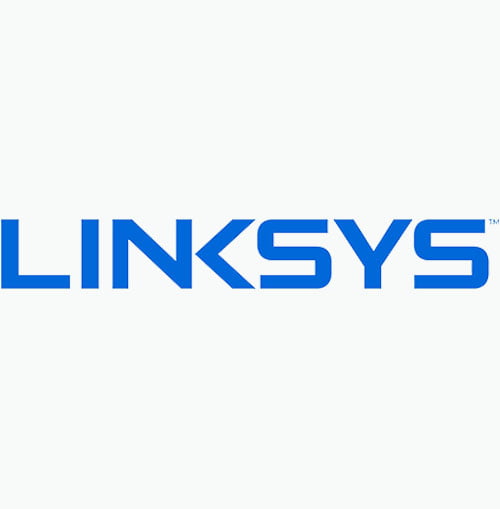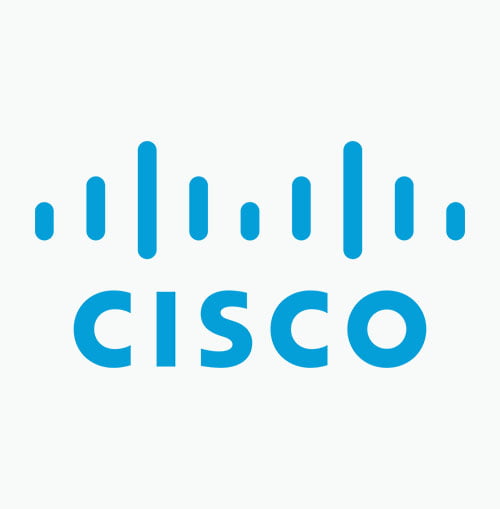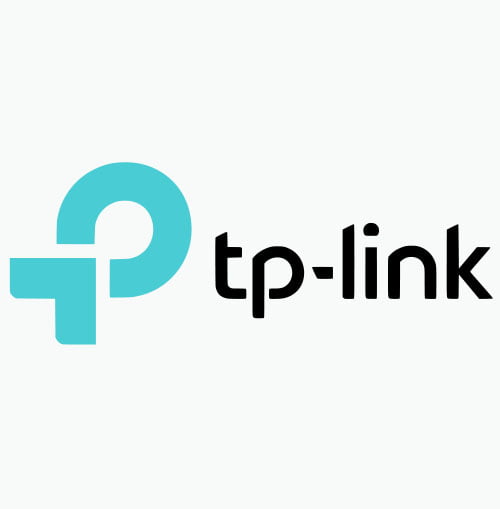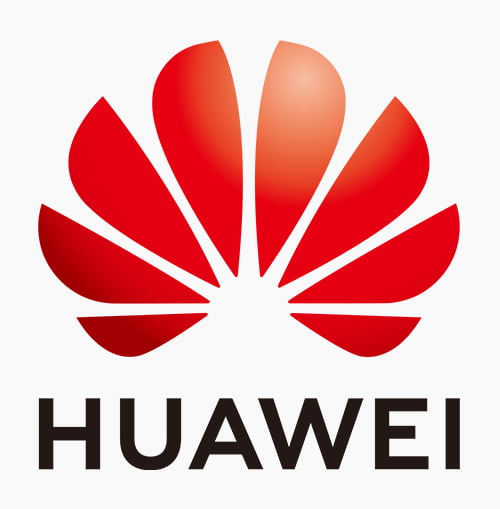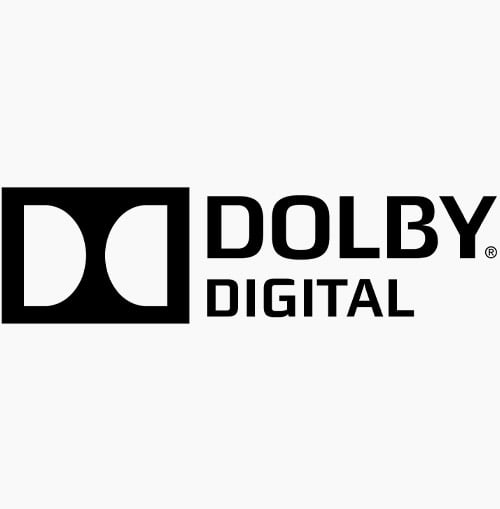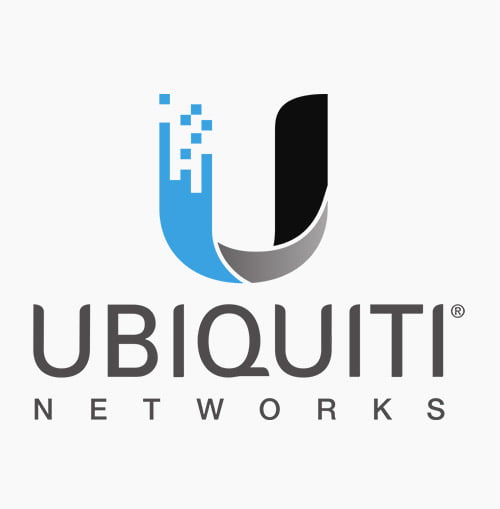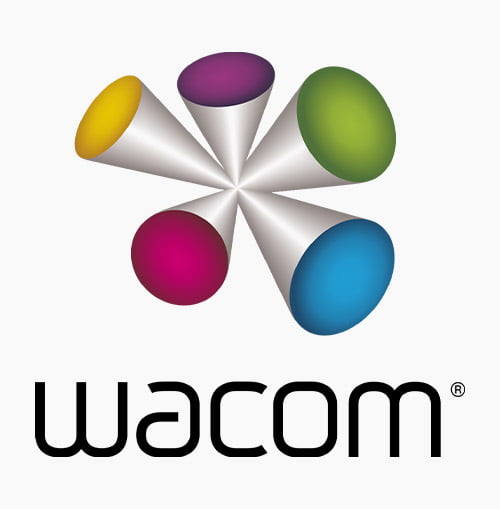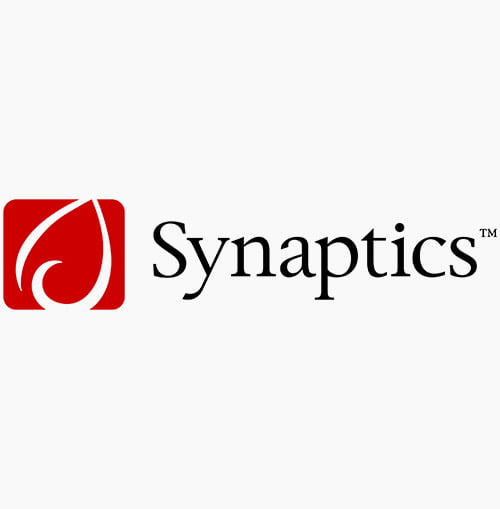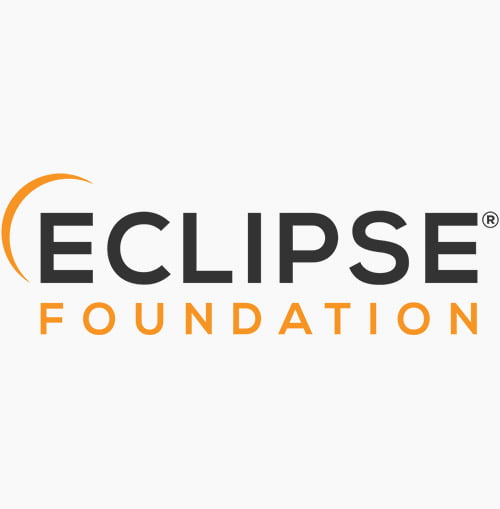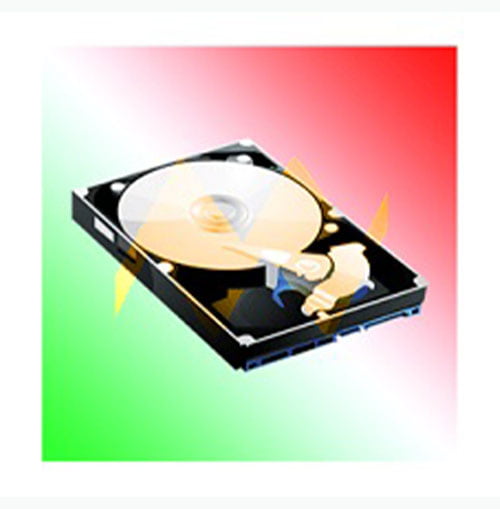Empowering Company & Business Growth Through Innovative Systems Design and Software Development Services in Kampala, Uganda
Expert systems design and software development services for individuals, businesses, companies, organizations, and firms in Kampala, Entebbe, Mbarara, Gulu, Jinja, and beyond. From Systems Ideas and Software Concepts to real working prototypes and tangible assets. Enhance your digital infrastructure with Isazeni Solutions.
What is Systems Design & Software Development Services in Kampala, Uganda?
Systems Design & Software Development Services in Kampala, Uganda offer a comprehensive suite of innovative and tailored solutions designed to meet the diverse and complex needs of individuals, businesses, companies, organizations, and firms. These services encompass the entire spectrum of digital transformation, from the initial conceptualization and planning phases to the meticulous crafting and seamless implementation of customized software solutions and IT systems. Leveraging the latest technologies and industry best practices, these services aim to enhance operational efficiency, streamline processes, and provide scalable solutions that adapt to the evolving demands of the market. Whether it’s developing sophisticated enterprise applications, designing robust databases, integrating advanced analytics, or creating intuitive user interfaces, Systems Design & Software Development Services in Kampala ensure that clients stay ahead of the curve in a rapidly changing digital landscape. Partnering with top-tier professionals in the field, clients can expect cutting-edge solutions that not only meet but exceed their expectations, driving growth, innovation, and competitive advantage.
Need Systems Design & Software Development?

Cost of Systems Design and Software Development Services for individuals, businesses, companies, organizations, and firms in Kampala, Entebbe, Mbarara, Gulu, Jinja, and beyond.
At Isazeni Solutions Company Limited, we understand that the cost of systems and software development is a crucial factor for businesses considering our services. The cost of your project can vary significantly based on several factors, including the complexity of the solution, the scope of work, and any specific customization requirements. We take pride in providing transparent pricing and working closely with our clients to tailor solutions that align with their budget constraints while delivering exceptional value.
How Much Does a System Design and Software Development Cost in Kampala, Uganda with Examples & Estimates?
Factors | Details | Gauges | Total Cost (UGX) |
| 1. Project Scope | Size and complexity of the project | ⚫⚫⚫⚫⚪ | UGX 4,451,000.00 |
| 2. Customization | Specific customization requirements | ⚫⚫⚫⚪⚪ | UGX 3,352,000.00 |
| 3. Development Timeline | Project completion timeframe | ⚫⚫⚪⚪⚪ | UGX 3,353,000.00 |
| 4. Maintenance and Support | Ongoing support services | ⚫⚪⚪⚪⚪ | UGX 1,154,000.00 |
| 5. Scalability | Requirements for future scalability | ⚫⚫⚫⚪⚪ | UGX 3,355,000.00 |
| 6. Technological Requirements | Choice of the technology stack | ⚫⚫⚫⚫⚪ | UGX 4,456,000.00 |
| 7. Testing and Quality Assurance | Rigorous testing processes | ⚫⚫⚪⚪⚪ | UGX 2,257,000.00 |
| 8. Deployment and Training | Software deployment and user training | ⚫⚫⚪⚪⚪ | UGX 2,258,000.00 |
| Total Estimated Cost | UGX 24,636,000.00 | ||
To get a detailed quote tailored to your specific project, please reach out to our team. We will be happy to discuss your requirements, provide a cost estimate, and answer any questions you may have regarding the pricing of your systems and software development project.
Contact us today to kickstart your journey towards empowering your business with innovative software and systems. We look forward to working with you to achieve your digital goals.
Kampala, Uganda pricing model is based on the following considerations:
1. Project Scope:
The size and complexity of your project will be a significant determinant of the overall cost. Whether you require a small-scale software application or a comprehensive enterprise system, we will provide you with a customized quote based on your specific needs.
2. Customization:
Custom software solutions designed to meet your unique requirements may have different cost implications compared to off-the-shelf software. We will work closely with you to understand your customization needs and provide a cost estimate accordingly.
3. Development Timeline:
The timeline for project completion can influence costs. Urgent or accelerated development schedules may involve additional costs to ensure timely delivery.
4. Maintenance and Support:
We offer ongoing maintenance and support services to ensure your software or system remains up-to-date and secure. The cost of these services will be discussed and agreed upon separately, based on your preferences and needs.
5. Scalability:
If your project requires a scalable solution to accommodate future growth, we will factor in scalability considerations in the pricing to ensure your software can evolve as your business does.
6. Technological Requirements:
The choice of technology stack, platforms, and integrations can affect costs. We will help you select the most suitable technologies for your project while considering your budget.
7. Testing and Quality Assurance:
Rigorous testing and quality assurance processes are integral to delivering a reliable software solution. The extent of testing required will be reflected in the overall cost.
8. Deployment and Training:
Costs associated with deploying the system and providing training to your team will be discussed and included in the project estimate.
At Isazeni Solutions Company Limited, we believe in providing competitive and transparent pricing. Our goal is to deliver high-quality software and systems that provide long-term value to your business while respecting your budgetary constraints.
Need Systems Designers & Software Developers?

Why do individuals, businesses, companies, organizations, and firms need a system or software in Kampala, Entebbe, Mbarara, Gulu, Jinja, and beyond?
1. Process Efficiency:
Software systems streamline and automate tasks, significantly reducing the need for manual intervention. Through precise algorithms, the software can perform intricate computations and execute complex processes with speed and accuracy. This optimization results in a notable enhancement of operational efficiency, liberating human resources for more strategic and value-added activities.
2. Data Organization:
Software solutions offer an integrated framework for the systematic organization and storage of data. By categorizing information into databases and repositories, the software facilitates efficient retrieval, analysis, and manipulation of data, enabling businesses to make well-informed decisions grounded in comprehensive and structured information.
3. Accurate Reporting:
Software-generated reports embody a degree of consistency and precision that surpasses manual report creation. Algorithms process data with exactitude, eliminating the inconsistencies and errors often associated with manual compilation. This accuracy in reporting bolsters decision-making processes by providing reliable insights into business operations and performance.
4. Resource Optimization:
Sophisticated algorithms within software enable organizations to optimize resource allocation. These algorithms analyse historical data and current demand to make informed predictions about resource needs. Whether it pertains to human resources, time allocation, or material distribution, software-driven optimization ensures resources are allocated efficiently, preventing wastage and maximizing output.
5. Enhanced Collaboration:
Collaborative software platforms provide a digital ecosystem where geographically dispersed teams can communicate, exchange ideas, and work together seamlessly. Through features such as real-time document sharing, virtual meetings, and task management, software fosters a cohesive work environment regardless of physical location, thus amplifying productivity and ideation.
6. Customer Relationship Management (CRM):
CRM software amalgamates customer data, interactions, and transactions into a centralized repository. This repository enables businesses to tailor their engagement strategies, personalize interactions, and track customer journeys comprehensively. By doing so, CRM software enhances customer satisfaction, strengthens relationships, and augments sales potential.
7. Data Insights and Analytics:
Businesses generate a wealth of data from various sources, which can be overwhelming to comprehend without software-driven analytics. Advanced algorithms scrutinize this data to unveil patterns, trends, and correlations that provide actionable insights. By transforming raw data into actionable intelligence, businesses can anticipate market shifts, customer preferences, and strategic opportunities.
8. Informed Decision-Making:
Software grants organizations the capacity to harness real-time data and analyses, thus enabling decision-makers to make timely and well-informed choices. This capability mitigates the reliance on intuition and facilitates data-driven decision-making, bolstering business strategies, and operational outcomes.
9. Remote Work Enablement:
In a globalized world, software solutions facilitate remote work by providing virtual collaboration platforms, project management tools, and secure communication channels. These solutions ensure that employees can collaborate seamlessly, regardless of their physical location, enhancing operational continuity and productivity.
10. Scalability:
Software systems are designed to accommodate business growth without a commensurate increase in complexity. By their scalable architecture, software solutions can accommodate heightened workloads, expanding user bases, and evolving operational needs without compromising performance or stability.
11. Process Consistency:
Automated processes executed through software adhere strictly to predefined rules and protocols. This consistency eliminates the variability introduced by human intervention, thus ensuring tasks are carried out uniformly and in adherence to established standards.
12. Competitive Advantage:
Custom software tailored to a business’s specific needs can confer a considerable competitive advantage. Such software can optimize processes unique to the organization, aligning with its strategic goals and providing capabilities that set it apart from competitors relying on generic solutions.
13. Regulatory Compliance:
Regulatory compliance demands meticulous adherence to specific guidelines and standards. The software can automate checks and processes to ensure that all operations align with regulatory requirements, mitigating the risk of violations and associated penalties.
14. Cost Savings:
One of the principal advantages of software deployment is its potential for long-term cost savings. Automation reduces dependency on labour-intensive tasks, minimizes error-related expenditures, and streamlines processes, culminating in enhanced operational efficiency and resource utilization.
15. Supply Chain Optimization:
For businesses reliant on supply chain management, software offers tools to optimize the procurement, production, and distribution processes. Through data analysis and predictive algorithms, software minimizes inventory inefficiencies, reduces lead times, and ensures seamless supply chain operations.
16. Innovation and Differentiation:
Custom software solutions empower businesses to innovate by addressing unique challenges and opportunities. This innovation can manifest as novel product offerings, unconventional business models, or proprietary processes that distinguish the business within its competitive landscape.
17. Document Management:
Document management software organizes files systematically, enabling swift retrieval and secure sharing. By maintaining a structured repository of documents, businesses can minimize information silos, facilitate collaboration, and ensure data security.
18. Improved Security:
Custom software can be fortified with robust security measures to safeguard sensitive data from unauthorized access and cyber threats. Encryption, access controls, and authentication mechanisms bolster the protection of critical information assets.
19. Workflow Automation:
Software automates workflow processes, minimizing manual intervention and expediting task execution. This streamlined automation enhances productivity by reducing human error, accelerating processes, and promoting a consistent and efficient operational rhythm.
20. Customer Service Enhancement:
Software systems facilitate efficient customer service management through features such as ticketing systems, automated responses, and customer interaction tracking. These capabilities enable businesses to address customer inquiries promptly and provide satisfactory solutions, thereby augmenting customer satisfaction and loyalty.
21. Employee Productivity:
Software equips employees with tools to manage tasks, projects, and schedules effectively. By centralizing task management, facilitating communication, and automating routine processes, software enhances individual and collective productivity within the workforce.
22. Market Analysis:
Software solutions analyse market trends, customer behaviours, and competitor activities. This analysis aids businesses in comprehending market dynamics, identifying emerging opportunities, and aligning strategies to capitalize on shifting trends.
23. Task Scheduling:
Task scheduling software assists in managing individual and team responsibilities. It provides a visual representation of tasks, deadlines, and milestones, promoting efficient time management and ensuring project progress.
24. Data Security:
Security-focused software safeguards sensitive information from unauthorized access, breaches, and cyberattacks. By implementing encryption, access controls, and intrusion detection systems, businesses fortify their data protection measures.
25. Customer Feedback Management:
Software platforms gather and analyse customer feedback from various channels. This feedback aids businesses in comprehending customer sentiments, addressing concerns, and refining products or services to align with customer expectations.
In summary, the incorporation of software and systems into business operations transcends convenience, offering a transformative range of benefits that encompass operational efficiency, data optimization, strategic decision-making, customer engagement, and competitive prowess. These multifaceted advantages underscore the indispensability of software solutions in modern organizational paradigms.
Need Systems Designers & Software Developers?
What is System design, also known as software design for individuals, businesses, companies, organizations, and firms in Kampala, Entebbe, Mbarara, Gulu, Jinja, and beyond?
System design, also known as software design, is a crucial phase in the process of creating software solutions, and it’s closely related to the services you’re looking to promote. It involves planning and defining the architecture, structure, and components of a software system to meet specific business requirements and objectives. This design phase serves as the blueprint for the development team to follow, ensuring that the final software product aligns with the client’s vision and needs.
In the context of our services, system design encompasses the following key aspects:
Architectural Design:
This involves defining the overall structure of the software system. It includes decisions about the arrangement of components, modules, and their relationships. The architecture should support scalability, maintainability, and future enhancements.
Component Design:
Each software system is composed of various components or modules. Component design entails breaking down the system into smaller units and specifying the responsibilities, functions, and interactions of each component.
Data Design:
Determining how data will be stored, accessed, and managed is essential. Data design involves defining the database schema, data models, and relationships between data entities to ensure efficient data handling.
Interface Design:
The user interface (UI) and user experience (UX) design are crucial for ensuring user-friendliness and satisfaction. Interface design focuses on creating intuitive layouts, navigation, and interactions that enhance usability.
Algorithm Design:
For systems that involve complex calculations or data processing, algorithm design defines the logic and procedures used to perform specific tasks efficiently and accurately.
Security Design:
Incorporating security measures into the system design is vital to protect sensitive data and prevent vulnerabilities. Security design outlines authentication, authorization, encryption, and other safeguards.
Integration Design:
If the software needs to interact with other systems or components, integration design defines how these interactions will occur. It ensures smooth communication and data exchange.
Scalability and Performance Design:
Anticipating future growth, system design should address scalability. This includes planning for increased load, optimizing performance, and minimizing bottlenecks.
System design is not a standalone phase but is closely intertwined with other stages of software development, such as requirements gathering, coding, testing, and deployment. A well-thought-out system design lays the foundation for efficient development and ensures that the final product meets the client’s needs while adhering to industry best practices and standards.
Need Systems Design & Software Development?
What is a system for individuals, businesses, companies, organizations, and firms in Kampala, Entebbe, Mbarara, Gulu, Jinja, and beyond?
In the context of software and systems development, a “system” refers to a set of interconnected components, elements, or modules that work together cohesively to achieve a specific purpose or goal. These components can include hardware, software, data, processes, people, and more. The development of a system involves designing, building, and integrating these components in a structured manner to create a functional and efficient solution that addresses a particular need or problem. Systems development services, like those offered by Isazeni Solutions Company Limited, focus on creating custom software and technology solutions that cater to the unique requirements of businesses. These solutions are designed to streamline operations, improve efficiency, enhance customer experiences, and enable businesses to achieve their objectives more effectively.
A system development service typically involves several key stages:
1. Requirements Gathering
Understanding the specific needs and objectives of the client is crucial. This involves in-depth discussions with stakeholders to gather detailed requirements, functionalities, and features that the system should have.
2. System Design
Based on the gathered requirements, a comprehensive system design is created. This includes designing the architecture, defining components and modules, and planning how they will interact with each other.
3. Software Development
This is where the actual coding and development of software components take place. Skilled developers write code according to the design specifications, ensuring that the software functions as intended.
4. Testing and Quality Assurance
Rigorous testing is performed to identify and resolve any bugs, errors, or inconsistencies in the software. Quality assurance ensures that the system meets the specified requirements and performs reliably.
5. Integration
Different components are integrated to form a cohesive system. This involves ensuring that data flows seamlessly between modules and that the system functions as a unified whole.
6. Deployment
The system is deployed in the client’s environment, whether it’s on-premises or in the cloud. This involves configuring the software, ensuring compatibility, and making it accessible to users.
7. Training and Support
Users need to be familiar with the new system’s features and functionalities. Training sessions are conducted, and ongoing support is provided to address any issues that may arise.
8. Maintenance and Updates
Systems require regular maintenance to keep them running smoothly. Updates and enhancements are also performed to adapt to changing business needs or technological advancements.
Throughout these stages, the development team collaborates closely with the client, seeking feedback and making adjustments as necessary to ensure that the final product aligns with the client’s vision. The system development service offered by Isazeni Solutions Company Limited embodies this comprehensive approach, delivering solutions that cater to various industries and business needs. By understanding the intricacies of each client’s requirements and designing systems that optimize operations and solve challenges, Isazeni Solutions Company Limited contributes significantly to the growth and success of businesses in Kampala, Uganda, and beyond.
Need Systems Design & Software Development?
What is software for individuals, businesses, companies, organizations, and firms in Kampala, Entebbe, Mbarara, Gulu, Jinja, and beyond?
In the realm of software development services, “software” refers to a collection of instructions, code, and data that work together to perform specific tasks, processes, or functions on a computer or other digital devices. Software is the intangible component that drives the functionality of computers, mobile devices, servers, and other technological systems. It provides users with the tools and capabilities they need to accomplish various tasks, ranging from basic operations to complex calculations and data manipulation.
The software development services offered by Isazeni Solutions Company Limited centre around creating tailored software solutions to address the unique needs of businesses. This involves designing, coding, testing, and deploying software applications that enhance efficiency, improve user experiences, and help organizations achieve their goals.
Here are the key aspects of software development within the context of the services provided by Isazeni Solutions Company Limited:
Customization
Software development services focus on creating customized solutions that align with each client’s specific requirements. Instead of using off-the-shelf software, custom software is designed to address unique challenges and objectives.
Coding and Programming
Skilled software developers write code using programming languages to create the functionality of the software. This involves translating the software’s design and requirements into lines of code that computers can understand and execute.
User Interface (UI) and User Experience (UX) Design
The visual aspects and usability of software are crucial for user satisfaction. UI/UX designers work on creating intuitive interfaces that allow users to interact with the software easily and efficiently.
Testing and Quality Assurance
Rigorous testing is conducted to identify and rectify any software bugs, errors, or issues. Quality assurance ensures that the software performs reliably and meets the specified requirements.
Deployment
Once the software is developed and tested, it is deployed to the intended environment, whether it’s a web server, a mobile device, or a desktop computer. Deployment involves configuring the software and making it accessible to users.
Maintenance and Updates
Software requires regular maintenance to ensure its continued functionality and security. Updates and enhancements may be necessary to adapt to changing business needs, technology trends, and security threats.
Integration
In some cases, software needs to integrate with other systems or tools. Integration ensures that data flows seamlessly between different software applications, enhancing overall efficiency.
Documentation
Clear and comprehensive documentation is essential for users and developers to understand how the software works, how to use it, and how to troubleshoot issues. Software development services provided by companies like Isazeni Solutions Company Limited bring these elements together to create software solutions that empower businesses. Whether it’s a web application, a mobile app, an e-commerce platform, or specialized software for a specific industry, software development services play a pivotal role in driving digital transformation and enabling businesses to operate more effectively in the modern technological landscape.
Need Systems Design & Software Development?

Systems Design & Software Development Company Overview in Kampala, Uganda
Isazeni Solutions Company Limited stands as a formidable presence in the software development arena, with a commitment to excellence and innovation. Established in Kampala, this company has steadily grown into a hub of technological brilliance, crafting custom solutions that meet the unique needs of businesses across various industries. The backbone of their success lies in their ability to combine technical expertise with a client-focused approach, resulting in a seamless collaboration that yields exceptional results.
Services Offered by Isazeni Solutions Company Limited
1. Custom Software Development:
Isazeni Solutions Company Limited excels in crafting tailor-made software solutions that cater to specific business requirements. Their adept team of developers can transform complex ideas into user-friendly software applications that drive efficiency and productivity.
2. Web Application Development:
A strong online presence is paramount in the digital era. Isazeni Solutions Company Limited specializes in developing interactive and visually appealing web applications that engage users and deliver a seamless browsing experience.
3. Mobile App Development:
With the ubiquity of smartphones, mobile apps have become a powerful tool for customer engagement. Isazeni Solutions Company Limited designs and develops mobile apps that are functional and align with the brand’s identity.
4. E-commerce Solutions:
The world of e-commerce demands robust platforms that facilitate seamless transactions and user experiences. Isazeni Solutions Limited creates e-commerce solutions that empower businesses to thrive in the competitive online marketplace.
5. IT Consulting and Support:
Navigating the complex IT landscape can be challenging for businesses. Isazeni Solutions Limited offers expert consulting and support services to help companies make informed decisions and troubleshoot technical issues.
6. Cloud Computing Solutions:
Cloud technology offers scalability and flexibility. Isazeni Solutions Limited helps businesses harness the power of the cloud, enabling them to store, manage, and analyse data efficiently.
Industries Served by Isazeni Solutions Company Limited
Isazeni Solutions Company Limited’s expertise extends across a diverse range of industries, including:
1-Banking and Finance:
In an era of rapid digital transformation, the banking and finance sector relies on secure and user-friendly solutions. Isazeni Solutions Company Limited develops software that enhances banking operations and delivers a seamless experience to customers.
2-Healthcare:
The healthcare industry demands efficient management systems. Isazeni Solutions Company Limited’s software solutions optimize patient data management, appointment scheduling, and communication between healthcare providers.
3-Education:
Educational institutions benefit from Isazeni Solutions Company Limited’s tools that streamline administrative tasks, facilitate online learning, and enhance communication between educators, students, and parents.
4-Retail and E-commerce:
E-commerce solutions developed by Isazeni Solutions Company Limited empower retailers to create captivating online stores, manage inventory, process orders, and provide personalized shopping experiences.
5-Manufacturing:
Efficiency is crucial in manufacturing. Isazeni Solutions Company Limited offers software solutions that enhance production processes, inventory management, and quality control.
6-Government:
Government agencies require secure and scalable systems to serve citizens effectively. Isazeni Solutions Company Limited contributes to digital government initiatives by developing solutions that facilitate online services and data management.
Why Choose Isazeni Solutions Company Limited
1-Experienced Team of Developers and Designers:
Isazeni Solutions Company Limited prides itself on having a team of highly skilled professionals who are well-versed in the latest technologies and best practices.
2-Proven Track Record of Successful Projects:
The company’s portfolio is a testament to its ability to deliver solutions that meet and exceed client expectations.
3-Client-Focused Approach:
Isazeni Solutions Company Limited understands that each business is unique. They listen to their client’s needs and work collaboratively to develop solutions that align with their goals.
4-Cutting-Edge Technologies and Tools:
Staying ahead in the ever-evolving tech landscape is crucial. Isazeni Solutions Company Limited embraces the latest tools and technologies to provide forward-looking solutions.
5-Competitive Pricing:
Quality solutions need not come at exorbitant prices. Isazeni Solutions Company Limited offers cost-effective options that deliver value without compromising quality.
6-Timely Delivery of Projects:
Meeting deadlines is a priority for Isazeni Solutions Company Limited. Their efficient project management ensures that clients’ projects are delivered on time.
7-Excellent Customer Support:
A dedicated support team is available to address any concerns or issues that may arise during and after the development process.
Conclusion
In the heart of Kampala, Isazeni Solutions Company Limited stands tall as a beacon of technological prowess, offering a diverse range of services designed to catalyse business growth. With a dedicated team, a proven track record, and a commitment to excellence, Isazeni Solutions Company Limited has solidified its position as a leader in the field of systems and software development. Through their client-centric approach, technological expertise, and passion for innovation, they continue to shape the digital landscape of Uganda and beyond. Whether you’re a business seeking to optimize operations, enhance customer experiences, or embark on a digital transformation journey, Isazeni Solutions Company Limited is the partner you can rely on to turn your vision into reality.
Your online adventure starts here.
Frequently Asked Questions (FAQs) related to Systems Design & Software Development.
1. How can custom software development benefit my business?
Custom software development can benefit your business by providing tailored solutions that address your specific needs. It improves efficiency, streamlines processes, enhances customer experiences, and can give you a competitive edge in your industry.
2. What industries have you worked with in software development?
We have experience working with a diverse range of industries, including banking and finance, healthcare, education, retail, manufacturing, government, and many others. Our expertise spans various sectors.
3. Can you provide examples of software projects you've completed in the past?
Certainly, we can share case studies and examples of past projects that demonstrate our capabilities and the successful solutions we’ve delivered to clients.
4. What is your approach to understanding and documenting our software requirements?
Our approach involves in-depth consultations with your team to gather detailed requirements. We conduct thorough analysis and documentation to ensure a clear understanding of your needs and goals.
5. How do you ensure that the software you develop aligns with our business goals?
We prioritize aligning our software development efforts with your business goals. Our team conducts regular reviews and collaborates closely with you to make sure the software meets your objectives.
6. Can you explain your software development process from start to finish?
Our software development process typically includes requirement gathering, system design, coding, testing, integration, deployment, training, and ongoing support. We follow industry best practices and adapt our approach to your specific project.
7. How do you choose the right technologies and programming languages for a project?
We select technologies and languages based on your project’s requirements, scalability, performance, and security needs. We consider industry standards and emerging trends to make informed choices.
8. What is the expected timeline for developing a custom software solution?
The timeline varies depending on the complexity and scope of the project. We work closely with you to establish a realistic timeline that meets your needs.
9. How do you handle software maintenance and updates after deployment?
We offer ongoing maintenance and support services to ensure your software remains up-to-date, secure, and free from issues. We can also implement updates and enhancements as needed.
10. Can you provide references from past clients who have used your software development services?
Yes, we can provide references and testimonials from satisfied clients who have utilized our software development services. These references can attest to our professionalism and expertise.
11. What sets your software development team apart from competitors?
Our software development team stands out due to their extensive experience, technical expertise, commitment to quality, and dedication to client success. We prioritize communication and collaboration.
12. Do you have experience in developing mobile applications for iOS and Android?
Yes, we have a dedicated team experienced in developing mobile applications for both iOS and Android platforms. We can create native or cross-platform solutions to meet your needs.
13. How do you ensure the security of the software you develop?
Security is a top priority for us. We follow industry best practices for secure coding, conduct regular security audits, implement encryption, and employ access controls to protect your software and data.
14. What is your approach to user interface (UI) and user experience (UX) design?
We focus on creating intuitive and user-friendly interfaces. Our UX/UI designers conduct user research and testing to ensure that the software provides a positive and efficient user experience.
15. Can you integrate third-party APIs into custom software solutions?
Yes, we have experience integrating third-party APIs to enhance the functionality of custom software. This allows us to leverage existing services and data sources to benefit your project.
16. What measures do you take to ensure the scalability of software applications?
We design software with scalability in mind, allowing it to handle increased workloads as your business grows. We use scalable architecture, cloud resources, and load-balancing techniques.
17. How do you handle data storage and database design in software development?
We assess your data storage needs and design databases that are efficient, secure, and optimized for your specific requirements. We consider data integrity, availability, and performance.
18. Can you develop software that is compatible with both web and mobile platforms?
Yes, we can develop software solutions that are responsive and compatible with web browsers and mobile devices, ensuring a consistent user experience across platforms.
19. What is your process for conducting software testing and quality assurance?
We perform rigorous testing, including functional testing, regression testing, performance testing, and security testing, to identify and address issues. Quality assurance is integral to our process.
20. How do you handle software deployment and configuration?
We handle the deployment process, ensuring that the software is properly configured for your environment, whether it’s on-premises or in the cloud. We minimize downtime and disruptions.
21. Do you provide ongoing support and maintenance services for your software?
Yes, we offer ongoing support and maintenance services to address any issues, implement updates, and provide assistance as needed. Our goal is to ensure the long-term success of your software.
22. Can you explain the benefits of cloud computing in software development?
Cloud computing offers benefits such as scalability, flexibility, cost-efficiency, and accessibility. It allows your software to leverage cloud resources and adapt to changing needs.
23. What is your experience with e-commerce platform development?
We have significant experience in developing e-commerce platforms that enable businesses to sell products and services online. Our solutions include features like payment processing and inventory management.
24. How do you approach software development for government agencies?
When working with government agencies, we prioritize security, compliance, and data protection. We follow strict protocols and adhere to government regulations.
25. What is the role of DevOps in your software development process?
DevOps practices enable us to streamline development, testing, and deployment processes. It fosters collaboration between development and operations teams, resulting in faster and more reliable software delivery.
26. Can you describe your experience with machine learning and artificial intelligence in software development?
We have experience integrating machine learning and artificial intelligence into software to enable features like predictive analytics, natural language processing, and image recognition. These technologies can enhance automation and decision-making in applications.
27. How do you ensure that software projects stay within budget?
We follow a disciplined project management approach, closely monitoring project progress, managing scope changes, and providing transparent communication. Our goal is to deliver on budget without compromising quality.
28. What is your strategy for optimizing software for mobile devices?
We optimize software for mobile by employing responsive design techniques, adapting user interfaces for smaller screens, and ensuring compatibility with various mobile platforms (iOS, Android). We also consider performance and mobile-specific features.
29. How do you handle software localization and internationalization?
We can localize software for different languages and cultures, ensuring it adapts to local preferences and requirements. Internationalization is built into our development process, allowing for easy translation and regional customization.
30. Can you provide case studies of successful software implementations?
Yes, we can share case studies highlighting successful software implementations, showcasing the challenges, solutions, and outcomes achieved for various clients and industries.
31. What measures do you take to ensure data privacy and compliance with regulations?
We implement data encryption, access controls, and compliance with industry-specific regulations (e.g., GDPR, HIPAA). Our team conducts regular security audits and follows best practices to protect sensitive data.
32. How do you handle software version control and code management?
We use version control systems (e.g., Git) to manage code, track changes, and ensure collaboration. This allows for easy code reviews, branching, and maintaining code quality.
33. What is your approach to agile software development?
We embrace Agile methodologies such as Scrum and Kanban. Our teams work in sprints, prioritize user stories, and adapt to changing requirements. Frequent communication with clients ensures alignment with evolving needs.
34. Can you explain the concept of continuous integration (CI) and continuous delivery (CD)?
Continuous Integration (CI) involves regularly integrating code changes into a shared repository and running automated tests. Continuous Delivery (CD) extends CI by automating deployment, ensuring that code can be released reliably and quickly.
35. How do you prioritize features and functionalities in software development projects?
Prioritization is based on client requirements, user needs, and project goals. We employ techniques like MoSCoW (Must-haves, Should-haves, Could-haves, and Won’t-haves) to categorize and prioritize features.
36. What role does user feedback play in your software development process?
User feedback is integral to our process. We actively seek feedback from stakeholders and end-users through usability testing, surveys, and user interviews. It informs design and development decisions.
37. How do you ensure the accessibility of software applications for all users?
We follow accessibility guidelines (e.g., WCAG) to ensure the software is usable by individuals with disabilities. Our designers and developers consider factors like screen readers, keyboard navigation, and colour contrast.
38. What is your strategy for software documentation and knowledge transfer?
We create comprehensive documentation that includes user manuals, API documentation, and technical guides. Knowledge transfer involves training sessions and ensuring your team is proficient in using the software.
39. Can you develop software solutions for Internet of Things (IoT) applications?
Yes, we have experience in developing IoT applications. We can create software that interfaces with IoT devices, collects data, and enables remote control and monitoring.
40. How do you handle software project retrospectives and continuous improvement?
After each project, we conduct retrospectives to identify successes and areas for improvement. We use feedback to refine our processes, tools, and practices for future projects.
41. What is the role of automated testing tools in your software development process?
Automated testing tools help ensure code quality and reliability. We use tools for unit testing, integration testing, and regression testing to identify issues early in the development cycle.
42. How do you address software scalability and performance optimization?
We design software with scalability in mind, leveraging technologies like cloud computing and microservices architecture. Performance optimization involves profiling, caching, and load testing.
43. Can you provide examples of successful data analytics projects you've worked on?
We have worked on data analytics projects that involve data warehousing, real-time analytics, and business intelligence dashboards. These projects have empowered clients with actionable insights.
44. How do you ensure the security of sensitive data in software applications?
Security measures include data encryption, role-based access control, regular security audits, and vulnerability assessments. We adhere to industry standards and best practices for data protection.
45. What is your experience with blockchain technology in software development?
We have experience in developing blockchain-based applications, including smart contracts and decentralized apps (DApps). Blockchain technology offers transparency and security for various use cases.
46. How do you approach software design patterns and best practices?
We adhere to established design patterns and best practices to ensure code maintainability, scalability, and readability. This approach leads to robust and maintainable software.
47. Can you explain the concept of microservices architecture in software development?
Microservices architecture involves breaking down software into small, independent services that communicate via APIs. This approach enhances flexibility, scalability, and maintainability.
48. What is your strategy for software code reviews and peer programming?
Code reviews are a standard practice, where team members review each other’s code for quality and adherence to standards. Pair programming involves two developers working together on code.
49. How do you handle software project scope changes and client requests?
We document all scope changes and client requests, assess their impact on the project timeline and budget, and collaborate with clients to make informed decisions.
50. Can you describe your approach to software project risk management?
We identify project risks early, assess their likelihood and impact, and develop mitigation strategies. We maintain transparent communication with clients to address and manage risks effectively.
51. What is your expertise in developing software for financial institutions?
We have extensive experience in developing software for financial institutions, including banking systems, financial analytics, trading platforms, and risk management solutions. Our expertise ensures compliance with industry regulations and robust security.
52. How do you handle software development for educational institutions?
For educational institutions, we create custom software solutions for e-learning platforms, student information systems, course management, and interactive educational tools, enhancing administrative and academic processes.
53. Can you develop software solutions for healthcare and telemedicine applications?
Yes, we specialize in healthcare software, including electronic health records (EHR), telemedicine platforms, patient management systems, and health data analytics, prioritizing data security and HIPAA compliance.
54. What is your approach to software development for retail and e-commerce?
Our approach involves creating e-commerce platforms, inventory management systems, point-of-sale solutions, and customer relationship management (CRM) software to optimize online retail operations, enhance customer experiences, and drive sales.
55. How do you ensure software compliance with industry-specific regulations?
We conduct thorough research and align software development with industry-specific regulations such as HIPAA for healthcare or PCI DSS for payment processing. Compliance measures are integrated into the development process.
56. Can you provide examples of successful software projects for manufacturing companies?
We have developed manufacturing software for process automation, inventory control, production scheduling, and quality management. These solutions improve operational efficiency and product quality.
57. What is your experience with supply chain optimization software?
We have experience in developing supply chain and logistics software, including route optimization, demand forecasting, warehouse management, and vendor management systems, enhancing supply chain efficiency.
58. How do you handle software development for transportation and logistics?
Our transportation and logistics software solutions encompass fleet management, shipment tracking, dispatch systems, and load optimization. These solutions streamline operations and improve delivery accuracy.
59. Can you explain your strategy for software project cost estimation?
We employ various cost estimation techniques, considering project scope, complexity, and resources required. Detailed project analysis and historical data help us provide accurate cost estimates.
60. How do you handle software project data migration and integration?
We plan data migration carefully, ensuring data integrity during transfer. Integration involves defining data exchange protocols and APIs to connect software with existing systems seamlessly.
61. What is your experience with legacy software modernization?
We specialize in modernizing legacy systems, upgrading technology stacks, improving performance, and enhancing user interfaces while preserving critical functionalities.
62. Can you develop software solutions for document management and digitization?
Yes, we develop document management systems that enable digital storage, retrieval, and secure sharing of documents. Our solutions facilitate document digitization and workflow automation.
63. What is your approach to software development for non-profit organizations?
We work closely with non-profit organizations to create software that supports their missions. Our solutions include donor management, fundraising platforms, volunteer management, and impact tracking.
64. How do you ensure software data security and disaster recovery?
We implement robust security measures, including encryption, access controls, and regular backups. Disaster recovery plans are in place to ensure data resilience and minimize downtime.
65. What is your experience with geospatial software development?
We have expertise in developing geospatial applications, including GIS (Geographic Information Systems), mapping solutions, location-based services, and spatial data analysis tools.
66. Can you develop software solutions for real-time data processing and analytics?
Yes, we create real-time data processing and analytics software for industries such as finance, IoT, and monitoring. These solutions enable quick decision-making based on live data.
67. How do you approach software development for energy and utility companies?
Our energy and utilities software solutions cover energy management, grid monitoring, and utilities billing systems. We focus on optimizing resource allocation and reducing energy waste.
68. What is your expertise in developing software for legal and compliance industries?
We develop legal software for case management, contract management, legal research, and compliance tracking. Our solutions assist legal professionals in managing their workload efficiently.
69. How do you handle software project change management and user training?
We provide change management strategies to ease transitions and offer user training programs to ensure that end-users are proficient in using the software effectively.
70. Can you describe your experience with software development for entertainment and media?
We have experience in developing entertainment and media software, including content management systems, video streaming platforms, gaming applications, and digital publishing tools.
71. What is your strategy for software development for gaming and interactive applications?
Our gaming and interactive software development focuses on creating immersive user experiences, optimizing performance, and incorporating engaging gameplay mechanics.
72. How do you ensure software project code quality and maintainability?
Code quality is maintained through code reviews, automated testing, and adherence to best practices. We prioritize clean code and provide documentation for easy maintenance.
73. What is your approach to software project knowledge transfer to in-house teams?
We conduct knowledge transfer sessions and provide comprehensive documentation to ensure that in-house teams are well-equipped to manage and maintain the software.
74. Can you develop software solutions for environmental and sustainability applications?
Yes, we develop software to address environmental and sustainability challenges, including data analysis, environmental monitoring, and carbon footprint tracking.
75. How do you handle software project intellectual property rights and ownership?
We establish clear intellectual property rights and ownership agreements with clients, ensuring that they have full ownership of the software developed for their specific needs.
76. What is your experience with software development for telecommunications?
We have developed software solutions for telecommunications companies, including network management systems, billing platforms, and customer support applications, to enhance network efficiency and customer experiences.
77. How do you address software project data analytics and business intelligence?
Our approach includes implementing data analytics tools, creating data visualizations, and building business intelligence dashboards to help organizations make data-driven decisions and gain insights from their data.
78. Can you provide examples of successful software projects for startups?
We have worked with startups on a range of projects, including mobile apps, web platforms, and MVP (Minimum Viable Product) development, helping them bring their innovative ideas to life and scale their businesses.
79. What is your strategy for software project data visualization and reporting?
We design intuitive data visualizations and reporting interfaces to present data in a meaningful way, enabling users to understand trends, patterns, and key insights quickly.
80. How do you ensure software project data backup and recovery?
Data backup and recovery strategies are integral to our software projects. We implement regular automated backups and disaster recovery plans to minimize data loss and downtime.
81. What is your approach to software project vendor selection and partnerships?
We carefully evaluate vendors and partners based on their expertise, technology offerings, and compatibility with project goals. Collaborations are chosen to enhance project outcomes.
82. Can you explain your experience with software development for agriculture and farming?
We’ve developed software for precision agriculture, crop management, and farm automation. Our solutions help farmers optimize crop yields, manage resources efficiently, and make data-driven decisions.
83. How do you handle software project data privacy and GDPR compliance?
Data privacy is a top priority. We ensure GDPR compliance by implementing data protection measures, user consent mechanisms, and data access controls to safeguard personal data.
84. What is your expertise in developing software for the automotive industry?
We’ve created software for vehicle management, supply chain logistics, and automotive diagnostics. Our solutions enhance production processes and improve automotive operations.
85. How do you ensure software project data synchronization and replication?
We implement data synchronization and replication mechanisms to ensure data consistency across distributed systems, enhancing reliability and fault tolerance.
86. Can you describe your approach to software project data warehousing and big data?
Our approach involves designing data warehouses, implementing big data technologies, and building data pipelines for efficient storage, retrieval, and analysis of large volumes of data.
87. What is your experience with software development for the aerospace sector?
We have experience in developing software for aerospace applications, including flight management systems, satellite communication, and aircraft maintenance, ensuring safety and reliability.
88. How do you address software project cybersecurity and threat mitigation?
We implement comprehensive cybersecurity measures, including penetration testing, threat modelling, and security audits, to identify and mitigate vulnerabilities and protect against cyber threats.
89. What is your strategy for software project performance monitoring and optimization?
We employ performance monitoring tools and conduct regular performance testing to identify bottlenecks and optimize software for improved speed and efficiency.
90. Can you provide examples of successful software projects for hospitality and tourism?
We have developed reservation systems, booking platforms, and hotel management software to enhance guest experiences and streamline operations in the hospitality and tourism sector.
91. How do you handle software project data migration and legacy system integration?
We plan data migration meticulously, ensuring minimal disruption during the transition. Legacy system integration involves creating connectors and APIs to bridge old and new systems seamlessly.
92. What is your expertise in developing software for the insurance industry?
We’ve created insurance software for policy management, claims processing, and underwriting automation. Our solutions improve efficiency, reduce fraud, and enhance customer service.
93. How do you ensure software project disaster recovery and business continuity?
Disaster recovery plans and business continuity strategies are integral to our projects. We implement redundant systems and data backups to minimize downtime and ensure business continuity.
94. What is your approach to software project machine learning and predictive analytics?
Our approach involves data modelling, algorithm development, and training machine learning models to provide predictive insights and automate decision-making in various industries.
95. Can you explain your experience with software development for the pharmaceutical sector?
We have developed software for pharmaceutical companies, including research data management, drug discovery tools, and regulatory compliance solutions, ensuring data integrity and compliance.
96. How do you address software project data encryption and data loss prevention?
Data encryption and loss prevention mechanisms are implemented to protect sensitive data. We use encryption algorithms and access controls to secure data from unauthorized access or loss.
97. What is your strategy for software project data quality and data cleansing?
We implement data quality checks, data validation rules, and data cleansing processes to ensure that data is accurate, complete, and consistent within the software application.
98. Can you provide examples of successful software projects for the retail banking sector?
We’ve developed banking software for online banking, mobile banking, and core banking systems. Our solutions improve customer experiences and streamline banking operations.
99. What is your experience with software development for the aviation industry?
We have experience in developing aviation software for flight planning, maintenance tracking, and air traffic management, focusing on safety, reliability, and compliance.
100. How do you ensure software project compliance with international data protection laws?
We follow international data protection laws, such as GDPR and CCPA, by implementing privacy-by-design principles, conducting privacy impact assessments, and providing data subject rights mechanisms in our software solutions.
Redefine your online narrative. Your digital odyssey begins now.
TECHNOLOGY PARTNERS WE USE IN WESITES & RELATED SERVICES
For years we have acquired strategic partnerships enabling us to serve you better
Ready to start on your project? let’s jump into it.




